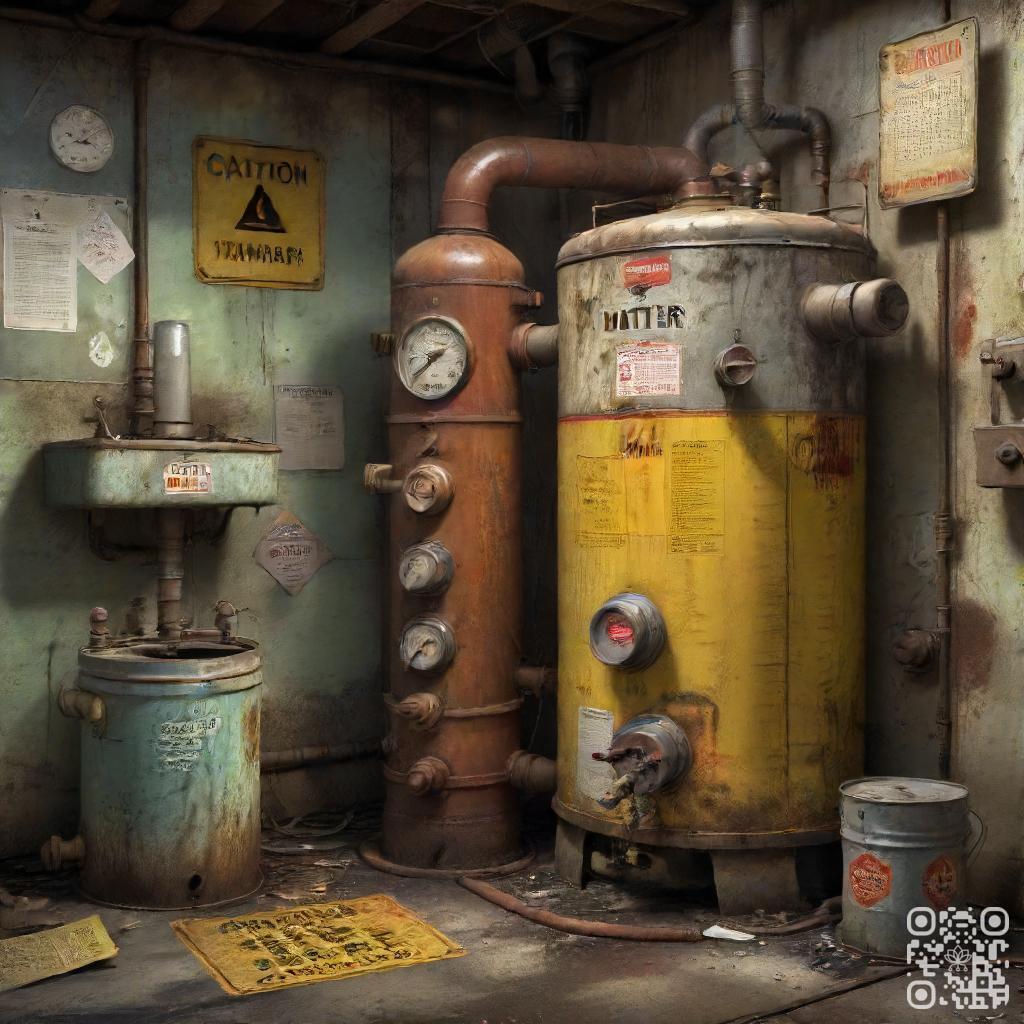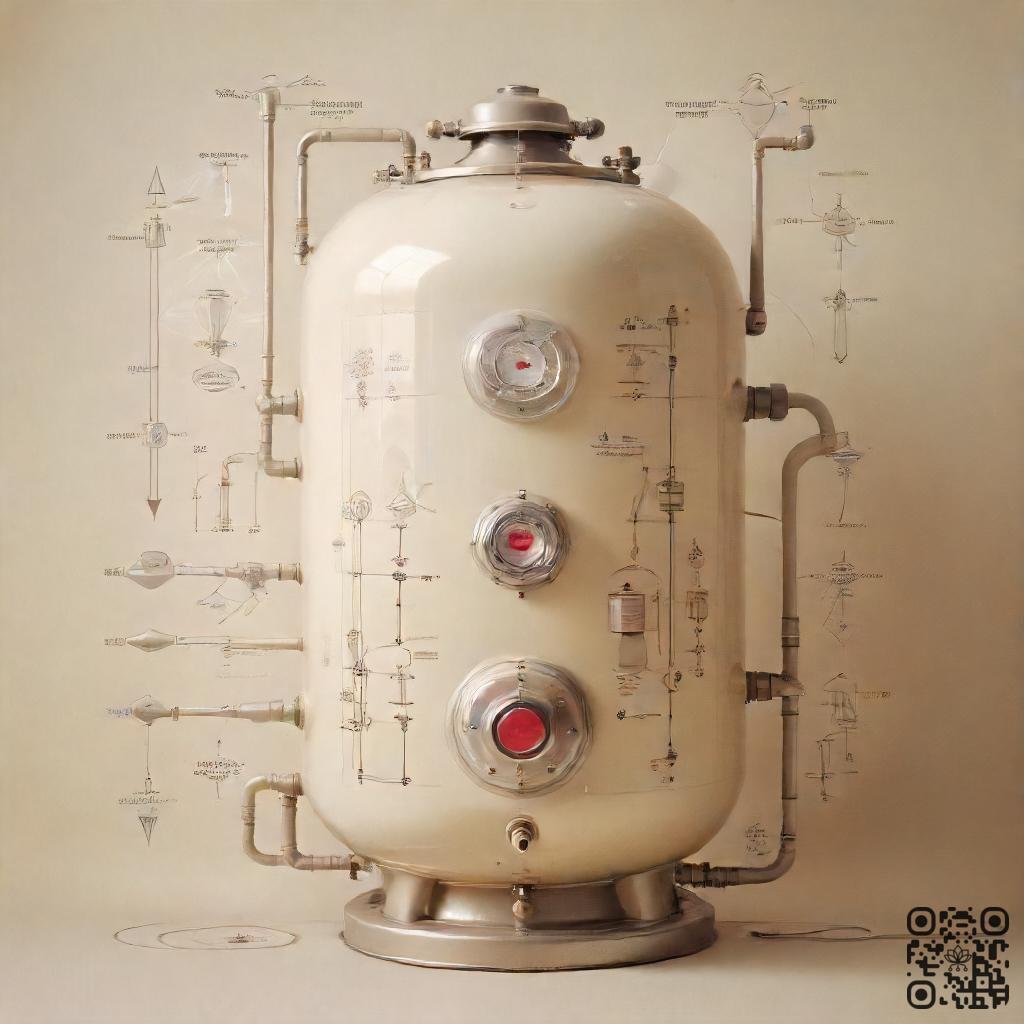
II. Regular flushing can also improve the efficiency and lifespan of the water heater, saving money on energy bills and extending the time between replacements.
III. While flushing can be done by homeowners, it is important to follow proper safety precautions and manufacturer guidelines to avoid damaging the unit or risking injury.
Flushing your water heater regularly can indeed reduce the costs of repairs. Over time, sediment and mineral buildup can accumulate in your water heater, leading to decreased efficiency and potential damage.
By flushing the tank, you can remove these deposits and ensure the heater operates at its optimum level. Regular maintenance can prevent costly repairs and extend the lifespan of your water heater.
So, make sure to schedule regular flushing to keep your water heater in top shape and save on repair costs.
What is flushing a water heater?
Flushing a water heater refers to the process of removing sediment buildup from the tank to ensure its efficient functioning and prolong its lifespan. Over time, minerals and debris can accumulate at the bottom of the tank, which can lead to reduced heating efficiency and potential damage to the heater.
1. Definition of flushing a water heater
Flushing a water heater involves draining the tank and flushing out the accumulated sediment and debris. This process helps maintain the heater’s performance and prevents clogs and malfunctions.
2. Importance of flushing in removing sediment buildup
Regularly flushing a water heater is crucial because sediment buildup can have several negative effects. To begin with, it can insulate the heating element, reducing its efficiency and causing higher energy consumption. Next, the sediment can cause corrosion and damage to the tank, leading to leaks and costly repairs. As a final point, the accumulation of sediment can affect water quality, resulting in unpleasant odors and taste.
3. Step-by-step process of flushing a water heater
Flushing a water heater can be done following these steps:
| Step | Description |
|---|---|
| 1 | Turn off the power supply or gas to the water heater. |
| 2 | Close the cold water supply valve to the heater. |
| 3 | Attach a garden hose to the drain valve at the bottom of the tank. |
| 4 | Place the other end of the hose in a suitable drain location or outside. |
| 5 | Open the drain valve and allow the tank to drain completely. |
| 6 | Once the tank is empty, open the cold water supply valve for a few minutes to flush out any remaining sediment. |
| 7 | Close the drain valve and remove the hose. |
| 8 | Turn on the power supply or gas and wait for the water heater to refill and heat up. |
Benefits of Flushing a Water Heater
Flushing a water heater is a crucial maintenance task that offers numerous benefits for homeowners. By maintaining this simple procedure, you can ensure the increased efficiency and longer lifespan of your water heater, saving you money in the long run.
1. Increased Efficiency and Longer Lifespan
Flushing your water heater removes sediment buildup that naturally occurs over time. This sediment can hinder the heating process, forcing the water heater to work harder and consume more energy. By flushing the heater regularly, you can eliminate this sediment and improve its efficiency, allowing it to operate at its optimal level. Additionally, flushing helps to prevent mineral buildup, which can lead to corrosion and ultimately reduce the lifespan of your water heater.
2. Prevention of Costly Repairs and Replacements
Regular flushing of your water heater can help prevent costly repairs and replacements. Sediment buildup can cause various issues, including clogged pipes, decreased water pressure, and even leaks. By flushing the water heater, you can remove this sediment and reduce the risk of these problems occurring. This simple maintenance task can save you from expensive repairs or the need to replace your water heater prematurely.
3. Improved Water Quality and Safety
Flushing your water heater also leads to improved water quality and safety for household use. Sediment and mineral buildup in the heater can contaminate the water, affecting its taste and smell. By flushing the heater, you can eliminate these impurities and enjoy clean, fresh water. Additionally, flushing helps to remove any bacteria or harmful microorganisms that may have accumulated, ensuring the safety of the water you use for bathing, cooking, and drinking.
Signs that your water heater needs flushing
Regular maintenance of your water heater is essential to ensure its optimal performance and longevity. Flushing your water heater is a crucial step in this maintenance routine. By removing sediment and mineral buildup, you can prevent various issues and maintain the efficiency of your water heater. Here are some signs that indicate your water heater needs flushing:
1. Decreased hot water supply
If you notice a decrease in the amount of hot water available, it could be a sign that your water heater needs flushing. Over time, sediment accumulates at the bottom of the tank, reducing its capacity and affecting the heating process. Flushing the water heater will remove this sediment, allowing for better heat transfer and restoring the hot water supply.
2. Strange noises coming from the water heater
Unusual noises such as popping or rumbling sounds coming from your water heater can indicate sediment buildup. As the sediment heats up, it creates pockets of air that burst, causing these noises. Flushing the water heater will eliminate the sediment and prevent further damage to the tank or heating elements.
3. Discolored or foul-smelling water
If you notice discolored or foul-smelling water coming from your faucets, it could be a sign of sediment or rust accumulation in your water heater. Flushing the tank will remove these impurities, improving the quality and taste of your water.
4. Leakage around the water heater
Leakage around the water heater is a clear indication that something is wrong. Sediment buildup can cause corrosion and damage to the tank, leading to leaks. Flushing the water heater can help prevent further damage and extend its lifespan.
Regularly monitoring these signs and promptly flushing your water heater when necessary will ensure its efficient operation and prevent costly repairs. Consult a professional plumber if you need assistance with flushing your water heater or if you notice any persistent issues.

How often should you flush your water heater?
Flushing your water heater regularly is essential for maintaining its efficiency and prolonging its lifespan. By removing sediment and mineral buildup, you can ensure that your water heater continues to provide hot water efficiently. In this section, we will discuss the recommended flushing frequency, factors that may affect it, and the importance of consulting a professional for advice.
1. General recommendation for flushing frequency
Experts generally suggest flushing your water heater at least once a year. This annual maintenance task helps prevent sediment buildup, which can lead to reduced efficiency and potential damage to the unit. Flushing your water heater regularly also ensures that you have clean and safe hot water for your daily needs.
2. Factors that may affect flushing frequency
The flushing frequency may vary depending on several factors, including:
- Water quality: If you live in an area with hard water, which contains high levels of minerals, you may need to flush your water heater more frequently. Hard water can cause mineral deposits to accumulate faster, reducing the efficiency of your water heater.
- Usage: If your household uses a large amount of hot water on a daily basis, it is advisable to flush your water heater more frequently. Increased usage can lead to sediment buildup at a faster rate.
- Age of the water heater: Older water heaters may require more frequent flushing to maintain optimal performance. Over time, sediment buildup becomes more significant, affecting efficiency and potentially causing damage.
3. Importance of consulting a professional for advice
Whilst the general recommendation for flushing frequency is once a year, it is crucial to consult a professional for personalized advice. A professional plumber or water heater technician can assess your specific situation, taking into account factors such as water quality, usage, and the age of your water heater. They can provide expert guidance on how often you should flush your water heater to ensure its optimal performance.
| Flushing Frequency | Water Quality | Usage | Age of Water Heater |
|---|---|---|---|
| Once a year | Good | Normal | New or Recently Serviced |
| Twice a year | Hard | High | Moderate |
| Every three months | Very Hard | Very High | Older than 10 years |

DIY vs. Professional Flushing
In this section, we will probe the advantages and disadvantages of DIY flushing compared to hiring a professional. We will also discuss the cost implications of these two options.
1. Pros and Cons of DIY Flushing
DIY flushing can be a cost-effective option for those who have the necessary skills and knowledge. Some advantages of DIY flushing include:
- Cost savings: By doing the flushing yourself, you can avoid paying for professional services.
- Convenience: You have the flexibility to schedule and perform the flushing at your own convenience.
- Learning experience: DIY flushing allows you to gain knowledge and skills in maintaining your system.
Although, there are also potential drawbacks to DIY flushing:
- Lack of expertise: Without professional training, there is a risk of improper flushing or damaging the system.
- Time-consuming: DIY flushing can be time-consuming, especially if you are unfamiliar with the process.
- No warranty: If any issues arise after DIY flushing, you may not have any warranty or professional support.
2. Benefits of Hiring a Professional for Flushing
At the same time DIY flushing has its merits, there are several advantages to hiring a professional for the task:
- Expertise and experience: Professionals have the necessary knowledge and experience to ensure proper and efficient flushing.
- Time-saving: Hiring a professional saves you time and effort, as they are skilled in completing the flushing process quickly.
- Quality assurance: Professionals can provide a guarantee for their work, giving you peace of mind.
3. Cost Comparison Between DIY and Professional Flushing
When considering the cost of flushing, integral to weigh both options:
DIY flushing: The cost of DIY flushing primarily involves the purchase or rental of equipment and any necessary supplies. The overall cost will depend on the specific equipment and materials required.
Professional flushing: Hiring a professional for flushing will involve a service fee. The cost will vary depending on factors such as the size of the system and the complexity of the flushing process.
It is recommended to obtain quotes from different professionals to compare prices and services offered.
Bottom Line
Flushing your water heater regularly can help reduce the need for costly repairs and prolong the lifespan of your unit. Sediment buildup can cause damage to the heating element and lead to leaks or other issues. By flushing your water heater, you can remove this sediment and prevent potential problems. It is recommended to flush your water heater at least once a year, or more frequently if you have hard water or notice a decrease in performance. Whilst flushing your water heater may require some time and effort, the cost savings and benefits to your unit make it a worthwhile investment.
Overall, taking care of your water heater through regular maintenance can save you money in the long run. Flushing your unit is just one way to ensure it continues to function properly and efficiently. If you are unsure about how to flush your water heater or have concerns about its performance, it is best to consult a professional plumber for assistance.
Read More:
1. Flushing And Its Impact On Water Heater Noise Levels
2. Flushing For Extended Water Heater Lifespan











